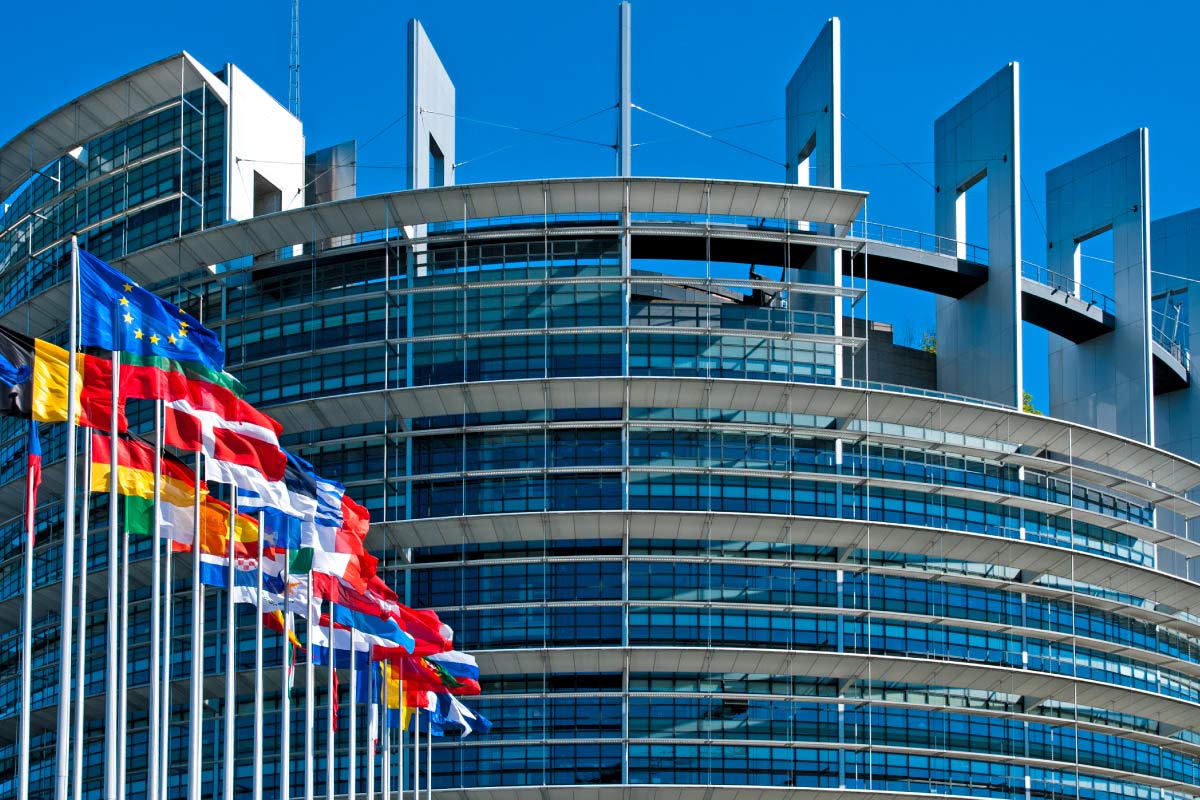Why & How Most European Countries Are Shifting Towards E-Invoicing
Why Adopt E-Invoicing?
First, let’s talk about the main reasons why most countries are adopting e-invoicing. Data security, lower costs, optimization of the supply chain, faster transactions, and limited tax fraud are some of the most prominent reasons. For instance, according to the last tax gap report by the European Commission in 2019, the tax gap in Romania was 34.9%, meaning that the amount of tax that was paid by taxpayers was 34.9% less than what they should have paid that year.
This could have been avoided by implementing one of the control models for compliance reporting that allow authorities to monitor transactions.
According to the European E-invoicing Service Providers Association (EESPA), there are two types of systems (control models) for electronic compliance reporting to control VAT in B2B circumstances, and in the fight against fraud.
Post-Audit Model
First, there is thepost-audit model, which translates requirements from paper-based invoicing to electronic flows, and authorizes the free exchange of invoices between trading partners. In this case, it is required that e-invoices are preserved and available for inspection of financial records (audit) after the invoice has been issued.
This model allows companies themselves to choose their preferred way of (e-)invoicing, as long as they store them correctly for when it’s time for the post-audit. Moreover, the post-audit model requires companies/trading partners to confirm the accuracy and authenticity of archived invoices for up to ten years by means of an accessible archive and periodic reporting.
Most European countries use the post-audit model. These countries need to maintain the “authenticity and data integrity,” which they can achieve by using digital signatures, business controls, EDI (Electronic Data Interchange), or other resources.
Clearance Model
The second model is the clearance model, which has a more direct approach to monitoring and supervising transactions and has more technical specifications than the aforementioned post-audit model. With the clearance model, the tax administration requires each invoice to be reported and authorized electronically by companies/trading partners before or during the exchange process. An invoice in this model offers tax authorities the ability to create a transaction as soon as it occurs and therefore before the invoice is even issued to the recipient.
This process is more beneficial than the traditional periodic tax reporting obligations, which transfer data to the tax administration on a monthly or quarterly basis.
In practice, clearance models indicate that invoices need to be sent and received in a specified format and often can include the following requirements:
- Specific invoice format (XML/UBL, PEPPOL)
- Corresponding tax authority must approve the invoice before it is issued
- Buyer response message capabilities
- Buyer consent
- Specified archiving practices
- Mandated tax content
- Human readability specifications
- Etc.
Types of Clearance Models
Additionally, there are two main types of invoice clearance models:
1) Centralized clearance: This type of model validates and exchanges data through a central platform used by the tax administration. By the way, Italy was the first country in the EU to implement this model with the launch of its Sistema di Interscambio in 2019.
2) Decentralized clearance: Within this model the tax administration outsources the clearance process to authorized service providers who approve invoice data and communicate it back to the tax authorities. So far no European countries have instituted the decentralized clearance model, but France may be the first to do so in 2024 with their Plateforme de Dématérialisation Partenaire (PDP).
Certain features within these two systems are similar, such as the requirements for invoice integrity, authenticity, and archiving, but there are also many requirements that are specific to each category, as well as many country-specific requirements.
Make sure to stay tuned for further explanations about country-specific e-invoicing mandates and activities.
- E-Invoicing in Poland - November 10, 2025
- Transforming supply chains: What SPS Commerce brings to the table - September 12, 2025
- Converting PDF to XRechnung – compliance achieved? - July 16, 2025

RELATED POSTS
E-Invoicing in France: Then & Now
E-Invoicing in Poland
Celebrating Our Inclusion in the 2025...